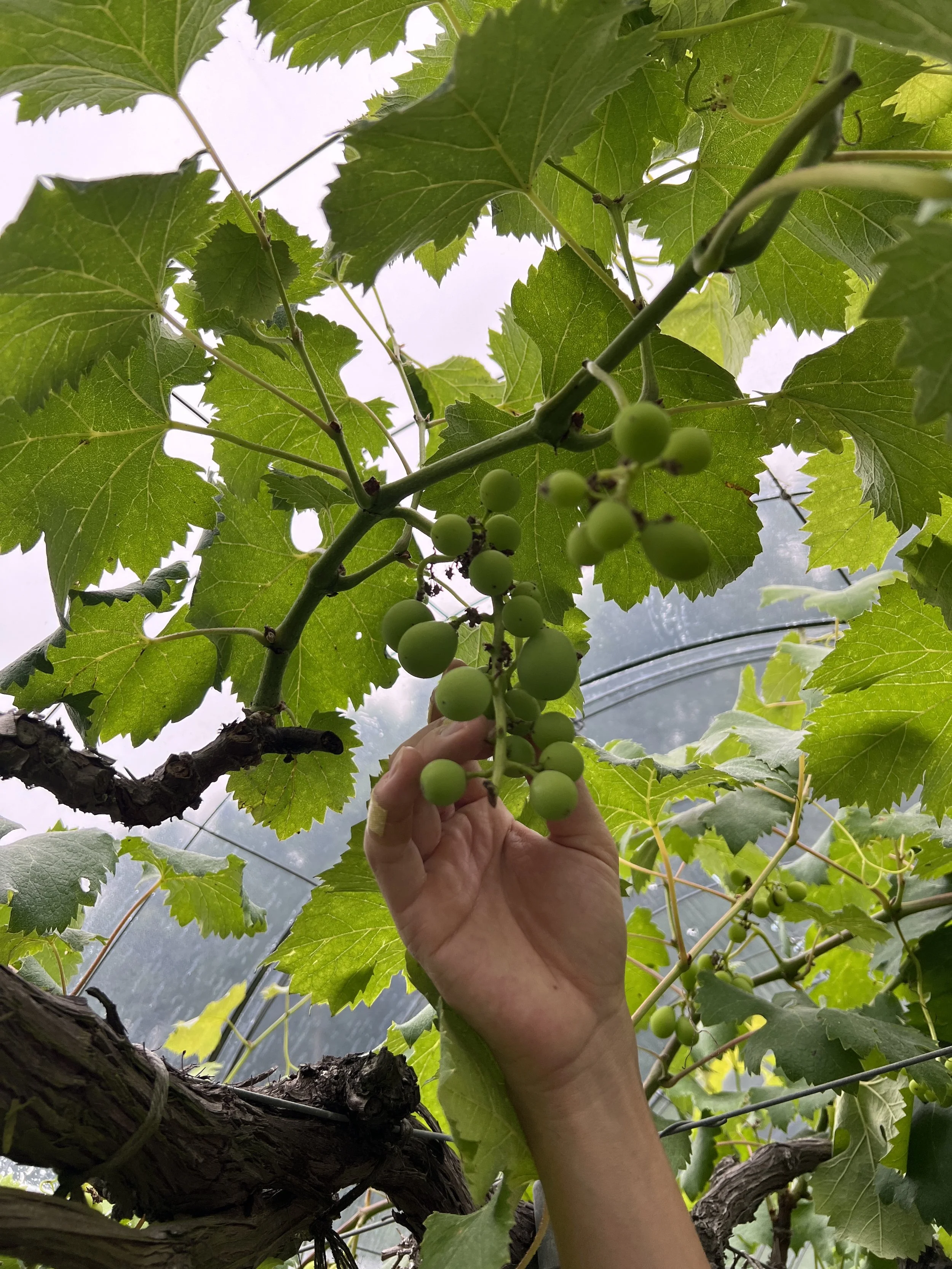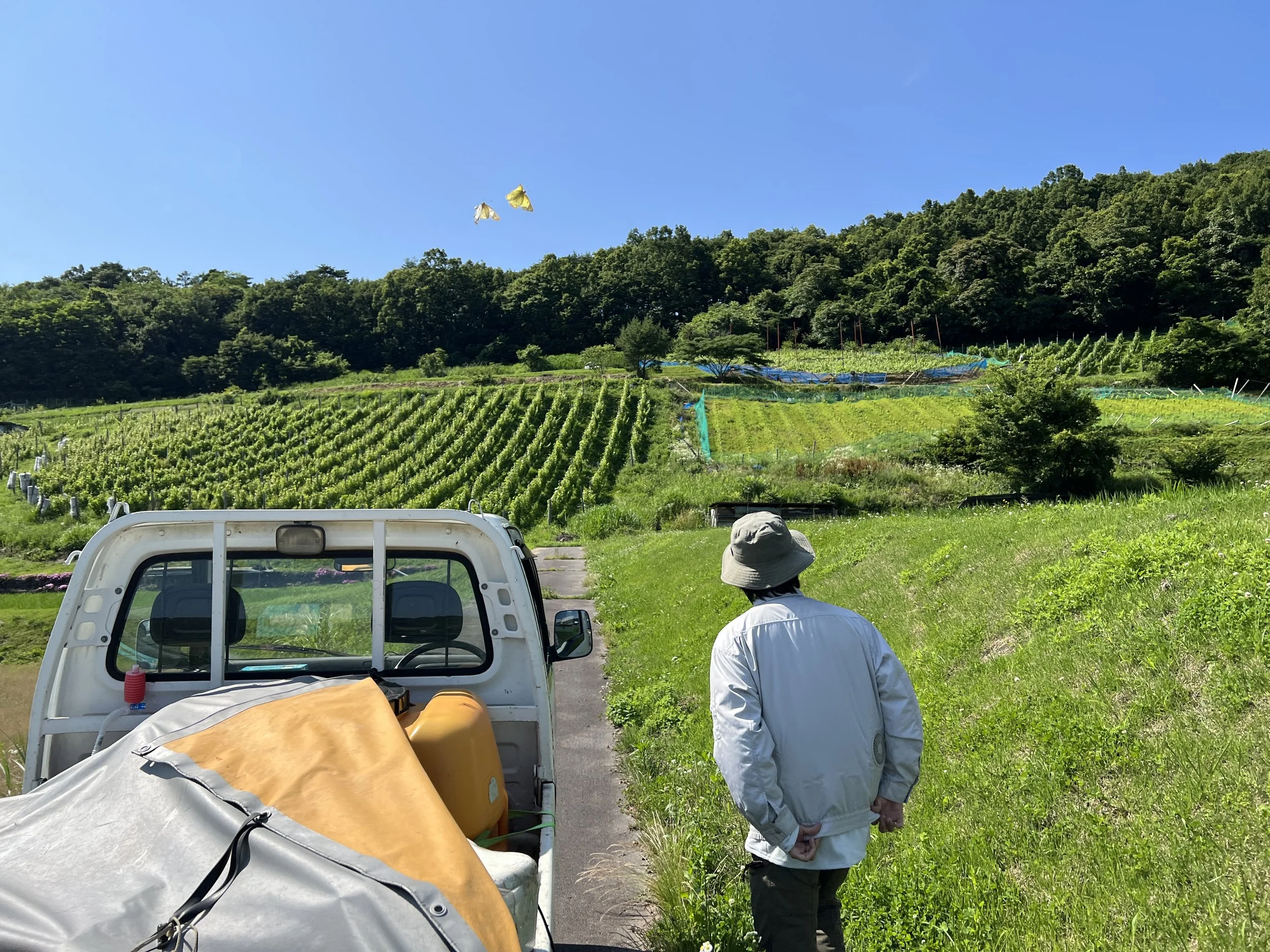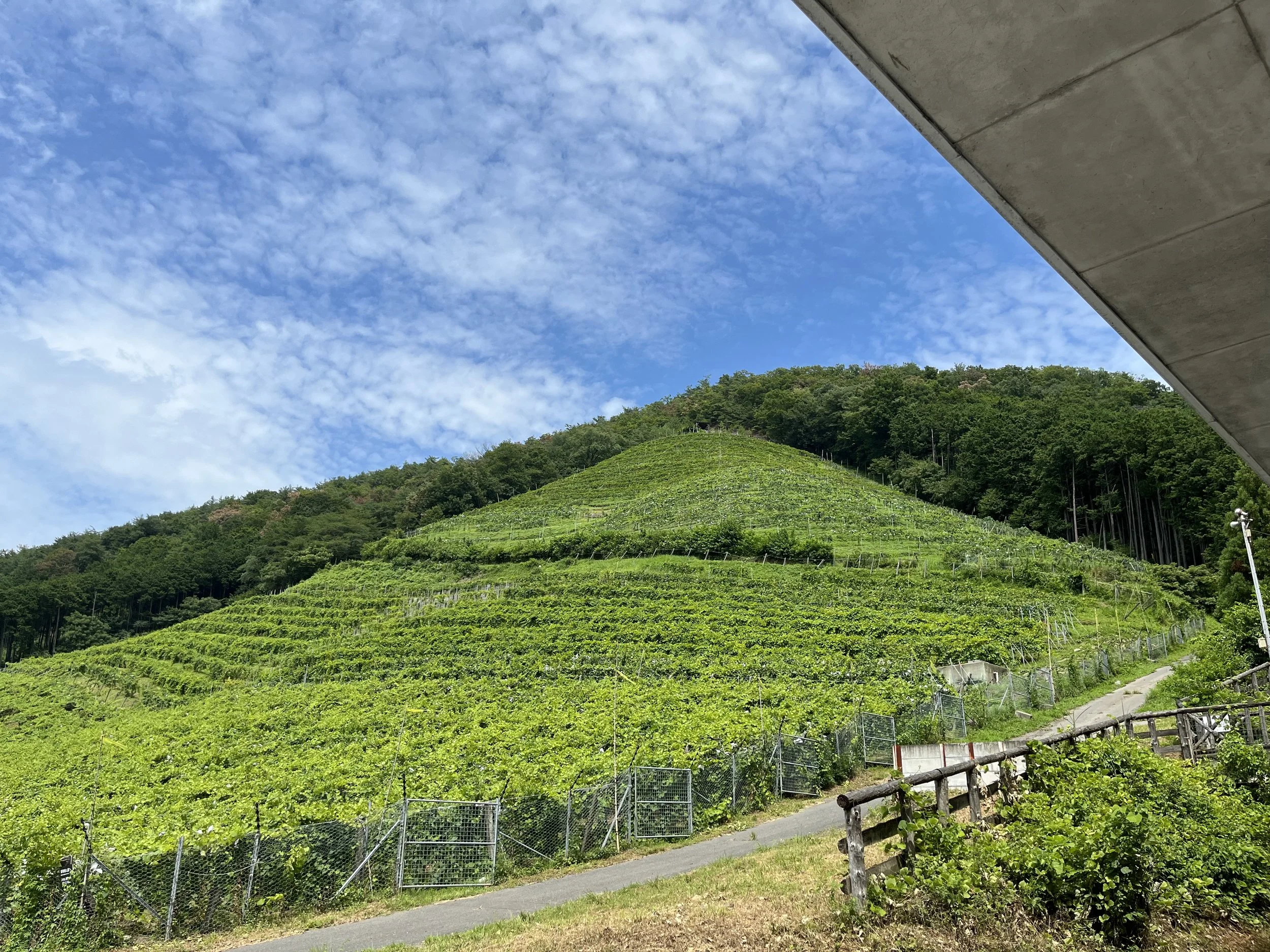Japanese Craftsmanship & Mountain Terroir
職人技
Japan’s winemakers work on small farms across Nagano, Hokkaido, Okayama, and Tochigi — crafting wines that balance precision with natural expression. Indigenous and hybrid grapes like Muscat Bailey A and Koshu thrive here, producing wines as distinctive as the landscapes they come from.
The Key Regions
Hokkaido - An emerging wine region in northern Japan celebrated for its cool climate terroir, high quality and distinctive wines, especially Pinot Noir and other aromatic varieties.
Yamagata - Known as Japan’s “Kingdom of Fruits” and is an increasingly prominent wine region recognized for its diverse grape varieties, ideal terroir, focus on quality and signature refreshing wines.
Nagano - Japan’s second largest wine producing prefecture and renowned for its high-altitude terroir, successful cultivation of European grape varieties, and its diverse, high-quality wines.
Yamanashi - The birthplace and leading producer of Japanese wines, it is renowned for its ideal climate, rich winemaking history and signature Koshu grape.
The Most Widely-Planted Grapes
Muscat Bailey A – Japan’s signature red; light, aromatic, and expressive — often served slightly chilled.
Koshu – A pale pink-skinned grape native to Japan, yielding delicate, saline whites with quiet power.
Delaware & Niagara – Local hybrids offering juicy, playful, and unmistakably Japanese character.
Chardonnay & Pinot Noir – Grown in cooler zones like Nagano and Hokkaido, now achieving world-class finesse.
A Rich Tradition of Quality
Japan, known for whisky and sake, also has a 1,600-year winemaking heritage that’s rapidly evolving. Since the first commercial winery opened in Yamanashi in 1874, over 400 producers now craft distinctive, terroir-driven wines from north to south. Native grapes like Koshu and Muscat Bailey A define Japan’s identity, while international varieties thrive in regions such as Hokkaido, Nagano, and Yamagata—each protected under new Geographical Indications. Small, artisanal wineries lead the movement, blending tradition, innovation, and precision. For American wine lovers, Japanese wine offers a rare mix of elegance, craftsmanship, and cultural soul.





